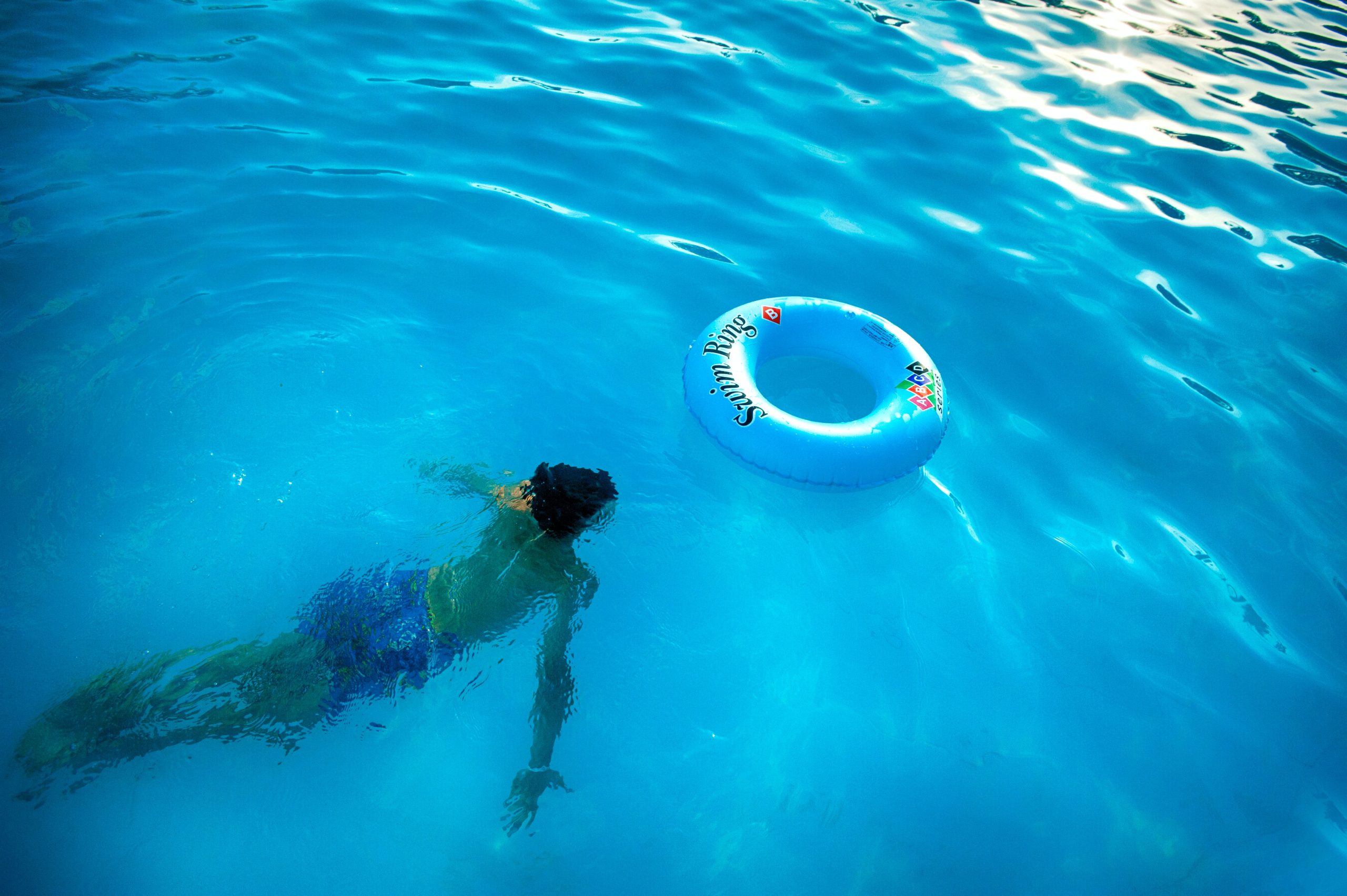Swimming is a great way to exercise when healing from an injury or surgery.
Water supports the body weight and lessens the impact on injured muscles and joints. It acts like a gravity free chamber where people can move more freely and with considerably less pain. It’s also a perfect environment for those who may struggle with land-based exercise. However, exercising in water does not mean you have to “swim.” There are many ways you can exercise in the water, not just by doing laps.
Simply walking in water and adding arm and leg swings is often a very effective way to improve general fitness and strength.
For the more active individuals, water aerobics classes (both deep and shallow water) are offered at most pools; you can find information about them by visiting your local pools website or talking to the front desk.
If you already know how to swim, various strokes or arms only/legs only techniques allow one to get the benefits of exercise without stressing the injured area. Many with sore backs, shoulders, knees and hips can benefit from modified strokes.
Exercising in a swimming pool is recommended for anyone recovering from a knee surgery.
As stated here: https://orthoinfo.aaos.org/en/recovery/activities-after-knee-replacement/#:~:text=Swimming%20is%20an%20excellent%20low,know%20when%20you%20can%20begin.
Always check with your doctor or physiotherapist if you have questions about your specific injury and pool exercise.
Here are a few examples from a physiotherapist who regularly works with patients in the pool:
Walking in the pool after a total knee or total hip replacement can help restore a normal gait pattern (have your physiotherapist provide guidelines)
Chronic sore shoulders often respond well to movements in neck deep water. The water supports and slows the movements, helping to restore mobility and strength.

Running injuries often require a break from normal training. Swimming as an alternative provides a cardiovascular workout and “feel good” benefits that runners love.
The pool is a forgiving and enjoyable environment for those who have chronic illness or are just starting on their exercise journey. Ramps and lifts are usually available to assist with entry/exit.
Many pool facilities now have warmer swimming areas separate from the lap pool. There is also usually a hot tub or two to warm up or soak in after exercise!
Some links for aquatic exercises.
Aquatic exercises for those who struggle with a sore back: https://discseel.com/5-aquatic-exercises-for-back-pain-relief/
Aquatic exercises for those who struggle with arthritis:
water-exercises-for-arthritis
